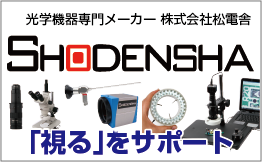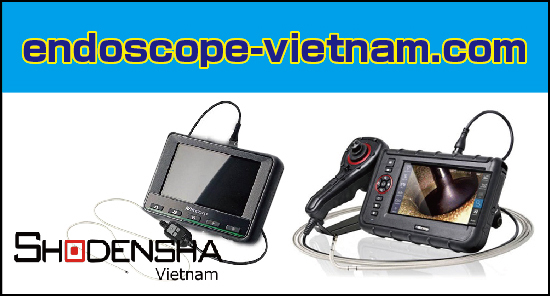Fluorescence visualization is a technique that uses fluorescent dyes and fluorescent proteins to highlight and image the area of interest.
When specific light (exciting light) is shined on the molecules of a substance, the light energy is absorbed and the electrons inside are excited.
Then, in the process of returning to the original ground state, a phenomenon called light-emitting fluorescence is applied.
Fluorescence results in very weak light emission.
Standard cameras are not sensitive enough to take pictures.
A special camera, usually a highly sensitive cooled CCD camera, is used.
Cooled CCD camera
Even when there is no light input, a signal called “dark current” is still generated inside the CCD, causing noise. This dark current increases as the element temperature increases, but it can be kept low by cooling it. The cooled CCD suppresses dark current by cooling the CCD, allowing highly sensitive imaging with less noise. Suitable for low light observation such as dark field observation and fluorescence observation.
CMOS camera has high sensitivity
Recently, the performance of CMOS cameras has been improved, and there are many cases where highly sensitive CMOS cameras are used for fluorescence observation.




